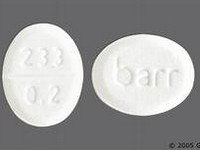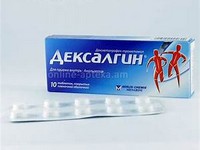Esomeprazole

Esomeprazole
CLINICAL USE
Gastric acid suppressionDOSE IN NORMAL RENAL FUNCTION
20–40 mg dailyZollinger-Ellison syndrome: 80–160 mg daily (doses >80 mg given in divided doses)PHARMACOKINETICS
DOSE IN RENAL IMPAIRMENT
GFR (mL/MIN)
DOSE IN PATIENTS UNDERGOING RENAL REPLACEMENT THERAPIES
IMPORTANT DRUG INTERACTIONS
Potentially hazardous interactions with other drugsADMINISTRATION
Reconstition
5 mL sodium chloride 0.9%Route
Oral, IVRate of Administration
Bolus: over 3 minutes Infusion: 10–30 minutesComments
Dilute with up to 100 mL sodium chloride 0.9%OTHER INFORMATION
Can be dispersed in half a glass of non-carbonated water. Stir well until it disintegrates; the liquid with pellets should be drunk immediately or within 30 minutes of preparation. The glass should then be rinsed with water which should also be drunkDo not crush or chew
See how to identify renal failure stages according to GFR calculation
See how to diagnose irreversible renal disease
Home








